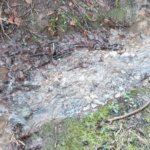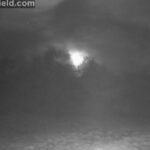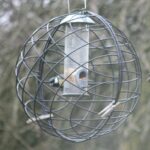This is the statement made to Bath and North-East Somerset Council at the Special Council Meeting of 19th January 2023.
” I’d like to raise the question of urban green spaces and start by illustrating my point using the example of the current planning application in the space we know as the Tufa Field, otherwise land to the Rear of Englishcombe Lane.
The use of green spaces for development always engenders debate and often extreme reactions. The tufa field has been the subject of attempted development for 40 years, usually failing when the practical difficulty of site development is realised.
Nevertheless, the site is constantly in successive development plans, usually as housing, either commercial or special needs accommodation. In 2007, planners agreed that the site should be removed from the forthcoming plan. At the time, there was pressure on the authority to meet a notional housing build target and the inspector decided that she did not believe the council’s planning projections for site availability and that this site should be reinstated with its target of 43 homes. Subsequent events showed that the council officers were correct in their assessment, and that more than sufficent housing sites became available for the duration of that plan.
Nevertheless the Tufa Field site remained in the plan and has been rolled over into subsequent plans without further investigation.
The reason given is that site-specific concerns will be addressed during planning permission deliberations. However, when the planning committee met to discuss this particular development, the reason given for granting permission was ‘ it’s in the development plan’. This seems to me to be a circular argument. The plan relies on the planning permission process to determine viabilty, but the planning permission process relies on the development plan.
Much has changed since this site was first mooted, then abandoned for development.
There is much more awareness of the vital role urban green spaces play in the health and well-being of the city and its population. Green spaces are now universally recognised as being not only ecologically important, both in terms of biodiversity and mitigating climate change, but also a significant asset for people’s mental health and connection to the natural world that sustains us.
I would like to see the council adopt the notion of a community asset value to be placed on urban green spaces, with the presumption of no development. The asset value should be at least equal to the notional monetary value of the space if developed plus a premium that recognises additional value such as unique or special ecology, or placement within densely populated areas. The era of cheap building on green field sites must stop.
So too must cease the practice of rolling over sites from one development plan to the next. Each site must be assessed against current (and forthcoming) criteria at the start of a new plan. And if it is to be the case that the practice of planning permission deliberations assuming that ’if its in the development plan then it must be ok’, then much more comprehensive investigation and reporting must be done before any site is included in the development plan.
This should involve full ecological, economic and environmental impacts of the development of each site. Alternatively, it must be made clear to planning permission deliberations, that the presence of sites within the development plan does not signify that sites are de facto suitable for development.
The ongoing saga of the Tufa Field illustrates that historical development plan processes were flawed to the point of being unfit for purpose. We must ensure that any new plan truly reflects considered judgments, properly argued and presented such that all residents can buy into it, in the knowledge that future generations will not look back saying ‘what on earth were they thinking?’ “











 Total views : 67975
Total views : 67975

Leave a Reply